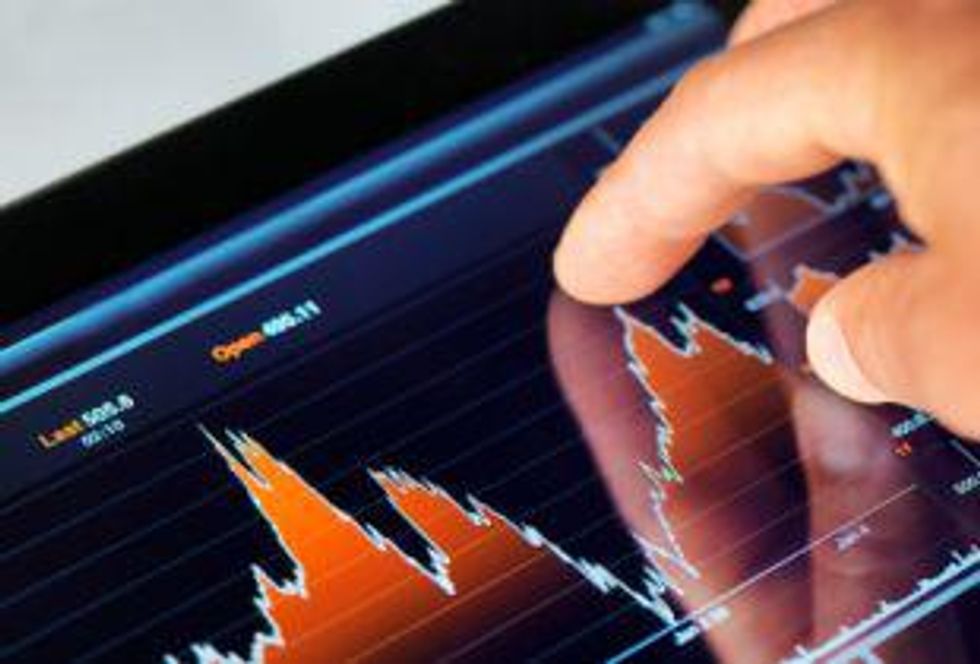As the trend of tight supply in the rare earth market persists, high prices with seemingly no end in sight have have forced some companies to relocate to China, suspend or even halt production.
By Michael Montgomery—Exclusive to Rare Earth Investing News
Very little has changed in the rare earth market over the course of this year. After shrinking rare earth production and export quotas in 2010 sent prices for the various metals in the group sky high, companies around the world were sent into a frenzy searching for supply. Threats from the US and Europe to China over a possible WTO trade dispute did very little to change China’s trade policy. In July the country released the 2nd half rare earth export quota, which doubled the quota year-over-year, however, reduced the year’s total amount of exports. This continuation of tight export quotas has only prolonged the supply side tightness for the elements, pushing prices higher still. The only relief for the high prices may come from end users halting production, in turn cutting demand for the metals. This relief will most likely be short lived at best.High prices the new norm
Analysts, industry insiders, and rare earth company executives around the world are in agreement, the prices for the most of the elements are not likely to come down anytime soon.
Molycorp (NYSE:MCP) CEO Mark Smith recently stated in an interview with Dow Jones Newswires, that global demand “very high, and supply outside China continues to be tight, as China continues to reduce its net rare-earth-oxide export quotas.” Smith also stated about demand for Molycorp’s products, “We simply cannot produce enough for our customers.”
In China, the rhetoric surrounding the rare earth market remains just as strong. Recent statements from Baotou Steel Rare Earth Hi-Tech Co. (SHA:600111) are backing up the trend of continuing high prices. The statements about prices and supplies as in an “irreversible trend” and “The era of cheap rare earths won’t return,” are not promising for end users of the elements. Baotou the largest producer of rare earths, controlling over 60 percent of light rare earth worldwide, has approximately 10,000 tonnes sitting in a stockpile.
High prices force companies’ relocation to China
End users of rare earth elements have been moving production facilities to China in order to access supply. Some of the companies include Japanese firms Showa Denko (TYO:4004) and Santoku, as well as US LED technology producer Intematix, have all moved some of their production facilities to China.
“We saw the writing on the wall — we simply bought the equipment and ramped up in China to begin with,” said Mike Pugh, director of worldwide operations for Intematix. He also stated that the company would have liked to keep its production facilities near the company’s headquarters in Fremont, California.
The trend of companies relocating to China in order to access supplies is not likely to change until significant sources of rare earths from western producers comes online. While Molycorp is selling supplies left over from previous mining, and Lynas Corp. (ASX:LYC) has opened their Mt. Weld mine, these companies will not be at full production until at least 2013.
Rare earth end users halt production
Unable to absorb the rising costs in their margins, many end users worry that the high costs may hinder energy goals. Some even fear that the price may collapse entire industries.
“[I]f the prices of rare earths continue to increase, the battery industry will collapse and the country will face obstacles in developing electrical cars,’ said Luo Tao, Managing Director of Hunan Corun Energy Co Ltd, an electric vehicle battery producer.
The price of cerium has risen from approximately $50.00 per kg in January to over $416.38 per kg in June, forcing some producers of LED light bulbs in China to cut or halt production. However, “The price of rare-earth cerium oxide dropped by 20 percent after downstream companies reduced production,” reported Zhang Qi, for China Daily.
For Q4 there is very little relief in sight for end users of rare earth elements. The high prices are here to stay until non-Chinese sources of the elements come online. Expect continuing high prices, and manufacturing firms to continue to scramble to secure the supplies need for their companies.
Disclosure: I, Michael Montgomery, hold no direct investment interest in any company mentioned in this article.
